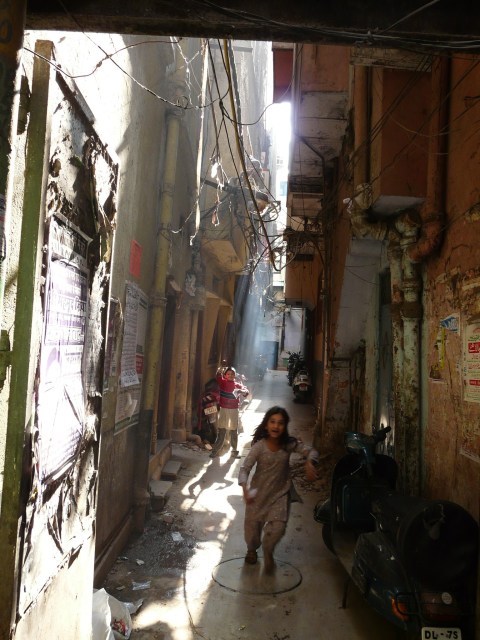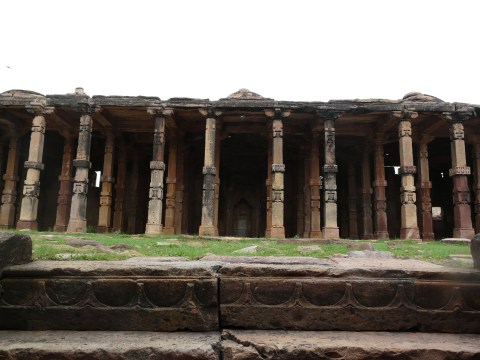Badarpur sarai, around which the urban village of Badarpur grew, was a rest-stop on the road between Delhi and Agra. All that visibly remains today of the 18th c. sarai are three gateways, remnants of the enclosing wall and a mosque, which has been much altered since. Till a couple of years ago, Delhiites may have spotted the southern gateway while stranded in the frequent traffic jams on Mathura Road here, but since the large elevated intersection was built at Badarpur, this sighting has been given a bypass. Continue reading
















